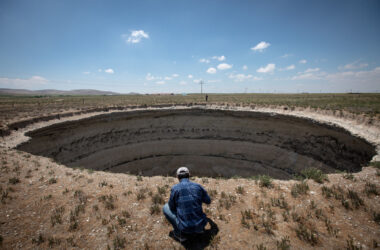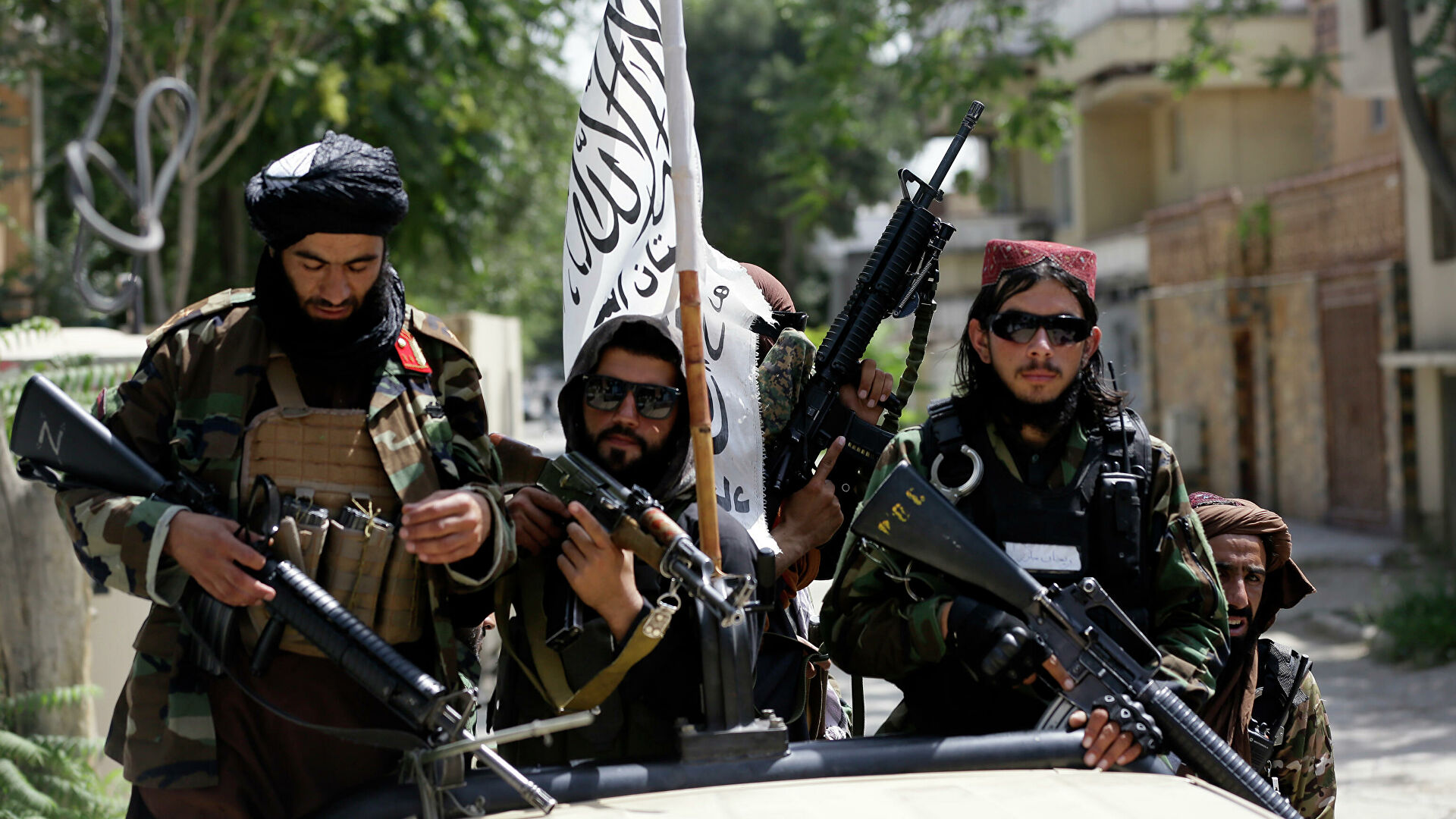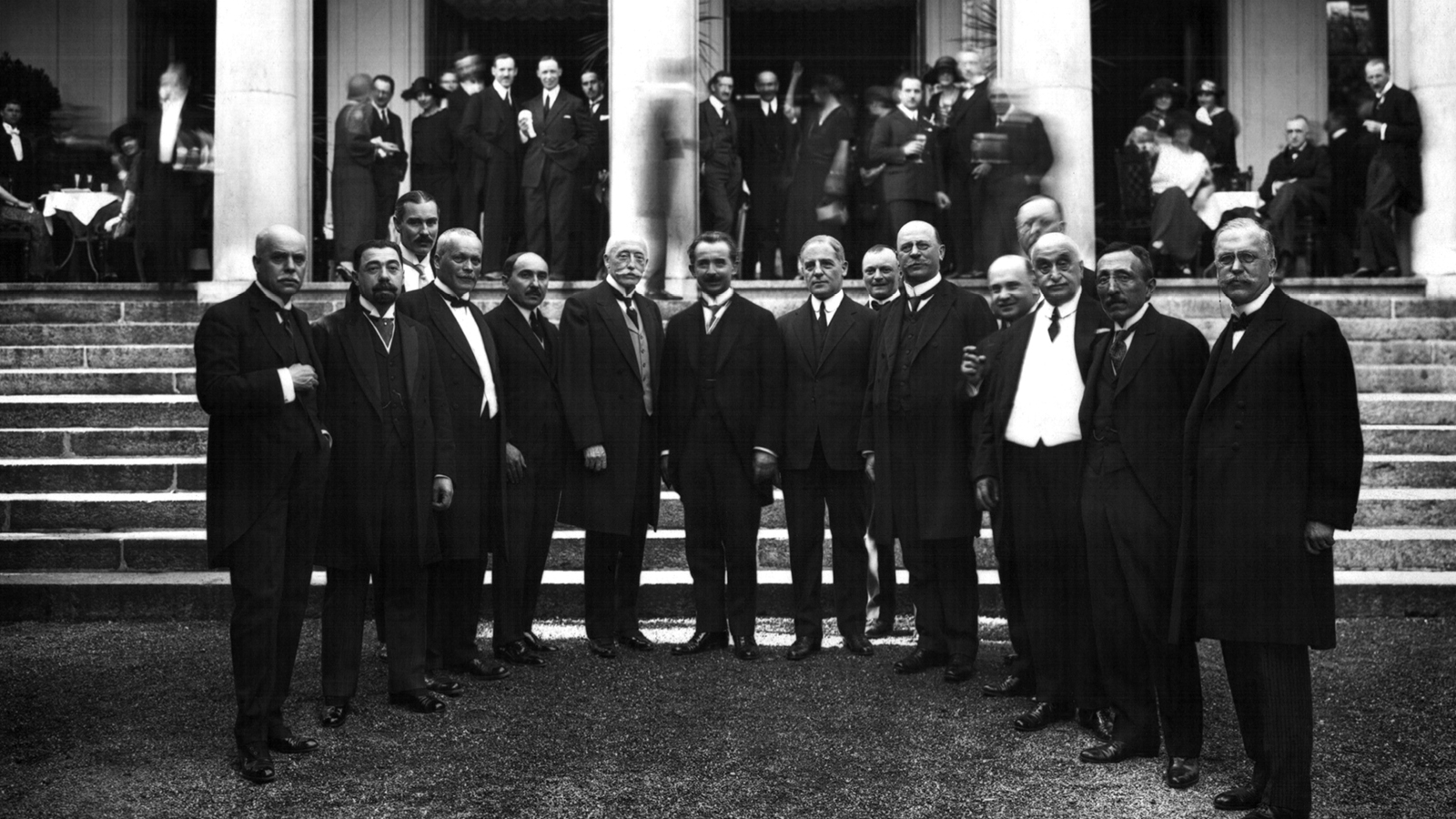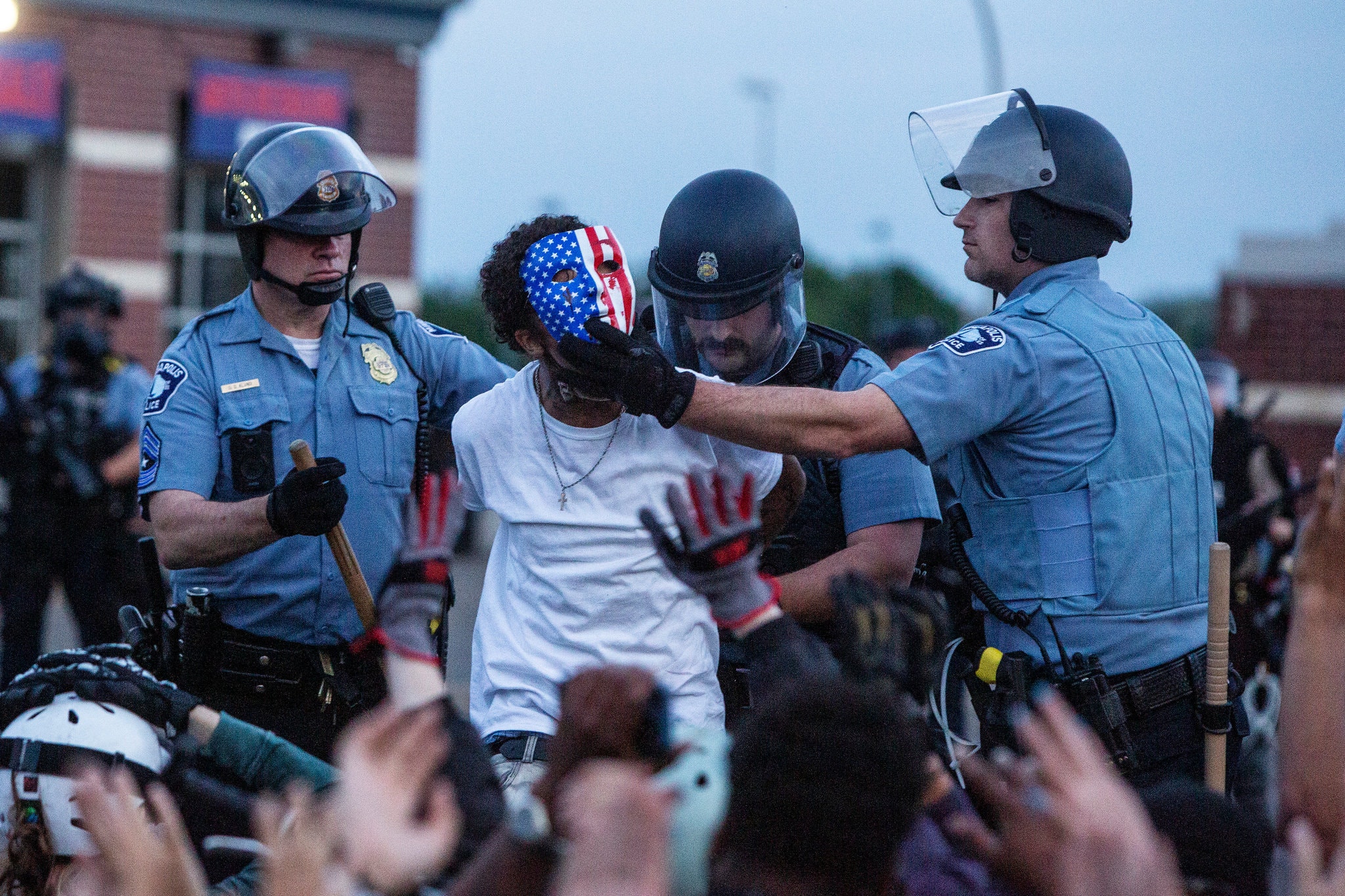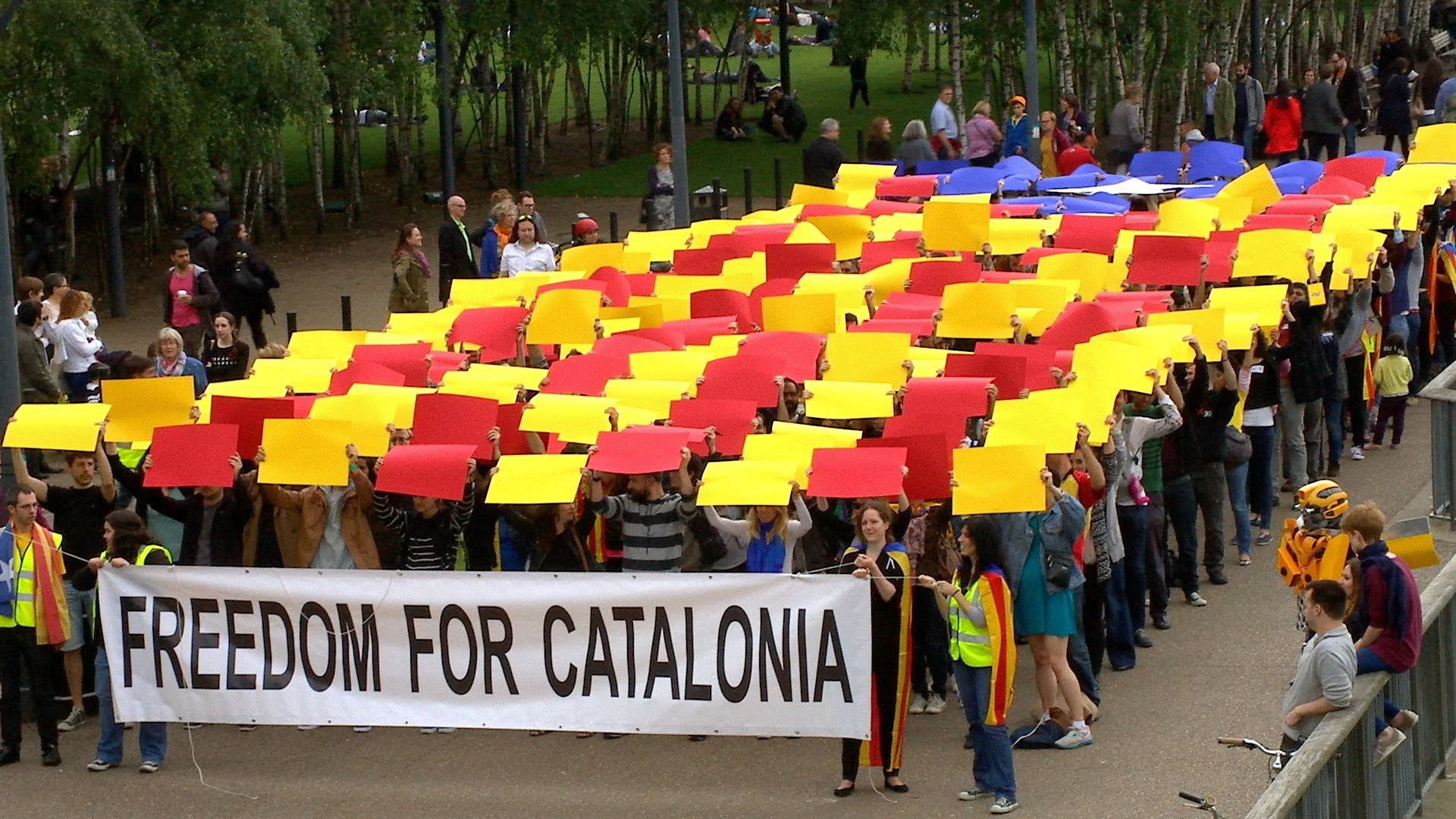ABSTRACT
The Taliban organization, which was formed due to the occupation of Afghanistan by the Soviet Union and the Afghanistan civil wars, is still an active structure today. The USA has a great influence on its formation and development. In this article, how the Taliban was formed, how it developed, its effects on the whole world and the conflicts experienced were examined.
Key words: Taliban Organization, Afghanistan, Pakistan, Soviet Invansion, US Occupation
INTRODUCTION
The biggest and important reason of the emergence of the Taliban movement is the Soviet occupation. After the Soviets invaded Afghanistan in 1979, the mujahideen, who defined themselves as warriors of God, formed a movement against the Soviet forces. At the same time, the civil wars that broke out in Afghanistan after the Soviet occupation led to the formation of such radical organizations. Actually, the Taliban was not the only group that formed, but the most influential and still active group is the Taliban. The communist government, which came to power after the Soviet’s occupation, fell from power in 1992. But then conflict arose between radical groups that formed against the Soviet occupation. The biggest supporters of these mujahideen groups were the tribes. In this environment of conflict, which increased in violence between 1992-1996, the Taliban were supported by many tribes, because of their claim that they would restore order and stability and establish the Islamic Sharia order. It was also an important movement supported by the USA. Every group formed against the Soviets means the group that should be supported for the USA. Considering its interests in the region, it strengthened the Taliban by providing material and moral assistance. But then there was a conflict of interest between USA and the Taliban. The increasing tension between the Taliban and the USA has led to major attacks that will affect the world.
HISTORY OF AFGHANISTAN
Structure of Afghanistan
Afghanistan is a landlocked country located in the south of Central Asia. It has a population of about 40 million. Pashtuns make up 42% of the population. At the same time, Tajiks, Uzbeks and Hazaras are the nations that make up Afghanistan’s population. Therefore, there is a problem of not being united in the region. The differences of opinion created by this problem lead to conflict. Almost all of the population is Muslim. 85% of them are Sunni, 10% of them are Shiite, which is common among Hazaras. On the other hand, Christians, Parsi, Buddhists and Hindus make up small minorities. The penalty for apostasy is death in Afghanistan. Economically, Afghanistan is a very poor country. It is a country dependent on animal husbandry and agriculture and its industry is underdeveloped. Conflicts in the country affects badly the economy. Afghanistan, which is not sufficient in the military field, is also insufficient in shelter, food and health services. Especially after the September 11 incident, the chaos in the country has increased seriously.
USSR Occupation of Afghanistan
Nadir Shah, who was assassinated in 1933, was succeeded by his son Zahir Shah. The Zahir Shah government, which lasted for about 40 years, started to get closer with Moscow in the 1950s. Again in these years, when Pakistan declared its independence, the Pashtuns in Pakistan wanted to unite with the Pashtos in Afghanistan and wanted to establish an independent country called “Pashtunistan”. The Islamic troops formed among the Pashtuns in Afghanistan were supported by Pakistan. Pakistan provided religious and military training to these organizations formed in Afghanistan, and the Islamic organizations that it deemed successful were supported by the United States. Due to this conflict with Pakistan, relations with the Soviet Union began to be established. Davut Khan, who overthrew the Zahir Shah power in 1973, abolished the kingdom and declared the republic. He wanted to get closer to Islamic organizations to get rid of the influence of the USA and the USSR, but the leader of the People’s Wing, Hafizullah Emin, killed him with a military coup. In 1978, the Democratic People’s Party of Afghanistan began, and Afghanistan became a satellite of the Soviet Union.
Then, when the support from the Soviets was not enough to suppress the uprisings in the country, the USA was asked for help. This situation drew the reaction of the USSR and actually occupied Afghanistan. In 1985, US President Ronald Reagan decided to give anti-aircraft missiles to the mujahideen. The task of deploying missiles and other weapons rested with Pakistan. Weapons were given to radical Islamist groups in Afghanistan through the Pakistani Intelligence Service. In 1989, with the withdrawal of the Soviet Union, the United States again provided $250 million in annual aid to the mujahideen. But after a while the USA cut off all aid completely. But these groups, who had very powerful weapons, started to commit massacres after a while. They imposed restrictions on the lives of the Afghan people. They took away almost all human rights of women and punished those who did not follow the rules without mercy.
TALIBAN ORGANIZATION
Formation of Taliban Organization
Taliban means students in Pashto. It was founded in 1994 by Molla Omar Ahund with approximately 50 madrasah students. This group set out to end the conflicts and civil wars in Afghanistan. He also aimed to create the ideal Islamic society. After its establishment, students from many sharia schools and madrasas joined the Taliban and the number of members reached almost 20 thousand. The majority of the movement’s members were of Pashtun origin and were students educated in madrasahs in Pakistan. With the support of the Afghan people, the Taliban took control of Herat, Kabul and Mazar-i Serif, and captured 3 important centers of Afghanistan. While the Taliban continued to rise rapidly, opposition organizations were formed against the Taliban, but they were not successful. Because the Taliban received support from the inside as well as external from the USA.
Structure And Views of Taliban
The Taliban emerged to prevent the internal conflict in Afghanistan, but when they realized their success, they wanted to have a say in the political arena. The leader of the Taliban, Mullah Omar, was declared Emir-ul Muminin (protector of the believers), later the name of the country was changed from Islamic State of Afghanistan to Islamic Emirate of Afghanistan. The Taliban, who wanted to establish an order with an Islamic administration, applied very strict rules in the regions it seized in Afghanistan and Pakistan. The Sharia-based constitution came into force. He banned the use of almost all technological devices such as television, radio, and telephone. Sculpture, painting, and music were banned. Girls were forbidden to go to school and receive an education. Women were forbidden to go out without their husbands. As women whose husbands died in the war could not go out, 25,000 families became starving. Veils for women, skullcaps, beards for men, and 5 daily prayers in the mosque were made compulsory. All schools were converted into madrasahs and turbans were required for male students. Many people’s hands were cut off and anyone who was against the Islamic State was publicly executed. In 1998, it took over 99% of Afghanistan. Thousands of civilians and soldiers were killed in this process. Houses and vehicles were robbed or burned.
THE TALIBAN FALL AND RISE AGAIN
USA Occupation of Afghanistan and Post Invansion
On September 11, 2001, the Pentagon and the World Trade Center were attacked simultaneously. US President George Bush blamed al-Qaeda for these attacks. Bush, stating that al-Qaeda and the Taliban have good relations, made some demands from the Taliban. Some of these requests are; The taliban will hand over all the leaders of al-Qaeda, close all terrorist training camps and give control to the US, and hand over all terrorists and their supporters to the appropriate authorities. Later, the USA formed a military initiative to overthrow the Taliban and called on all countries to be against terrorism in this regard. One month after the attack, the United States, with an alliance consisting of the UK, Canada, NATO and several other countries bombarded the camps of the Taliban and al-Qaeda. The aim was to overthrow the Taliban. In late 2001, the Taliban had to withdraw from many parts of Afghanistan due to US attacks. Later, a new government was formed in Afghanistan under the control of the USA and NATO. Afghan people, who at first were fed up with the tyranny of the Taliban, welcomed this situation. However, when it was seen that the Taliban was still not destroyed and its influence increased rather than decreased, a trust problem arose by the Afghan people towards the new government. On the other hand, some practices of the USA in the country caused a decrease in sympathy for the USA. Attacks on residential areas by the US, sudden raids on villages, disrespect for the holy book called Qur’an, and mocking of the religious feelings of the people gathered the reaction of the Afghan people. In addition, some practices such as male soldiers checking women’s clothes are also incompatible with Afghan culture. Afghan people, who thought that their social values were violated, started to develop a sympathy towards the Taliban again.
The Taliban Organization After Invansion
In 2003, Taliban officials announced that the Taliban had regrouped to remove foreign powers from Afghanistan and regain the country’s sovereignty and were ready for war. The support of the tribes and other jihadist groups in Pakistan continued. At the same time, the drug trade made the Taliban stand upright. In 2015-2016, the Taliban’s power and authority in Afghanistan began to increase again. The Taliban, which is in constant conflict with the USA, recaptured 20% of Afghanistan. In 2020, international newspapers began to write that the Taliban is the most dangerous terrorist organization. The Taliban, which increased its violence and power in 2021, has now managed to control important big cities such as Mezar-ı Serif, Kandahar and Herat. After the US withdrew completely from the country, it entered the Kabul which is capital of Afghanistan. Afghan President Ashraf Ghani fled the country and took refuge in the United Arab Emirates. Later, the Taliban announced at the presidential palace that they would establish an Islamic Emirate of Afghanistan. Thus, 20 years later, the Taliban took control of Afghanistan again and succeeded in expelling foreign forces from the country.
CONCLUSION
When we look at the current situation in Afghanistan, the reason for all these events is the internal conflicts in history, external factors, the effects of Russia and the USA in Afghanistan, and of course the Afghan culture and religion itself. This process, which started with the Soviet invasion of Afghanistan, caused the emergence of the Taliban, and the other period, which began with the US intervention in Afghanistan, caused the Taliban to become stronger and even come to power again in 2021. During the Soviet occupation period, the Taliban began to support all kinds of oppositional views of the USA to prevent Russian communism. Even if these views never fit the ideology of the USA, the USA was unaware that the organization it supported in Afghanistan for its own interests would become the most damaging terrorist organization in the future. Finally, in 2021, the order changed again when the Taliban took over Afghanistan completely. This change of government in Afghanistan caused the death of hundreds of people and the emigration of thousands of Afghans from the very beginning. The truth of the Taliban, who said that he softened his practices in social life, has still not been proven. This mentality, which sees women as the property of their husbands, still continues its outdated practices in Afghanistan.
REFERENCES
Bag, M. (2021). Taliban örgütü nedir? Nasıl ortaya çıktı? Amacı nedir? Arkasında kimler var? . Euronews.
Göksedef, E. (2021). Taliban. BBC: https://www.bbc.com/turkce/haberler-dunya-57913781
Hakimi, H. (2022). Afghanistan: One year of Taliban rule. Chatham House: https://www.chathamhouse.org/2022/08/afghanistan-one-year-taliban-rule
Kaura, V. (2022). Pakistan-Afghan Taliban relations face mounting challenges. MEI: https://www.mei.edu/publications/pakistan-afghan-taliban-relations-face-mounting-challenges
Şahin, D. (2016). THE EMERGENCY OF THE TALIBAN AND THE ORGANIZATION OF THE USA. dergipark.
The emergence and development of the Taliban. (2014). ALJAZEERA TURK: https://www.aljazeera.com.tr/dosya/talibanin-ortaya-cikisi-ve-gelisimi


